Before-and-after photos show how dramatically US presidents have aged while in office
It’s impossible not to notice the trademark presidential graying
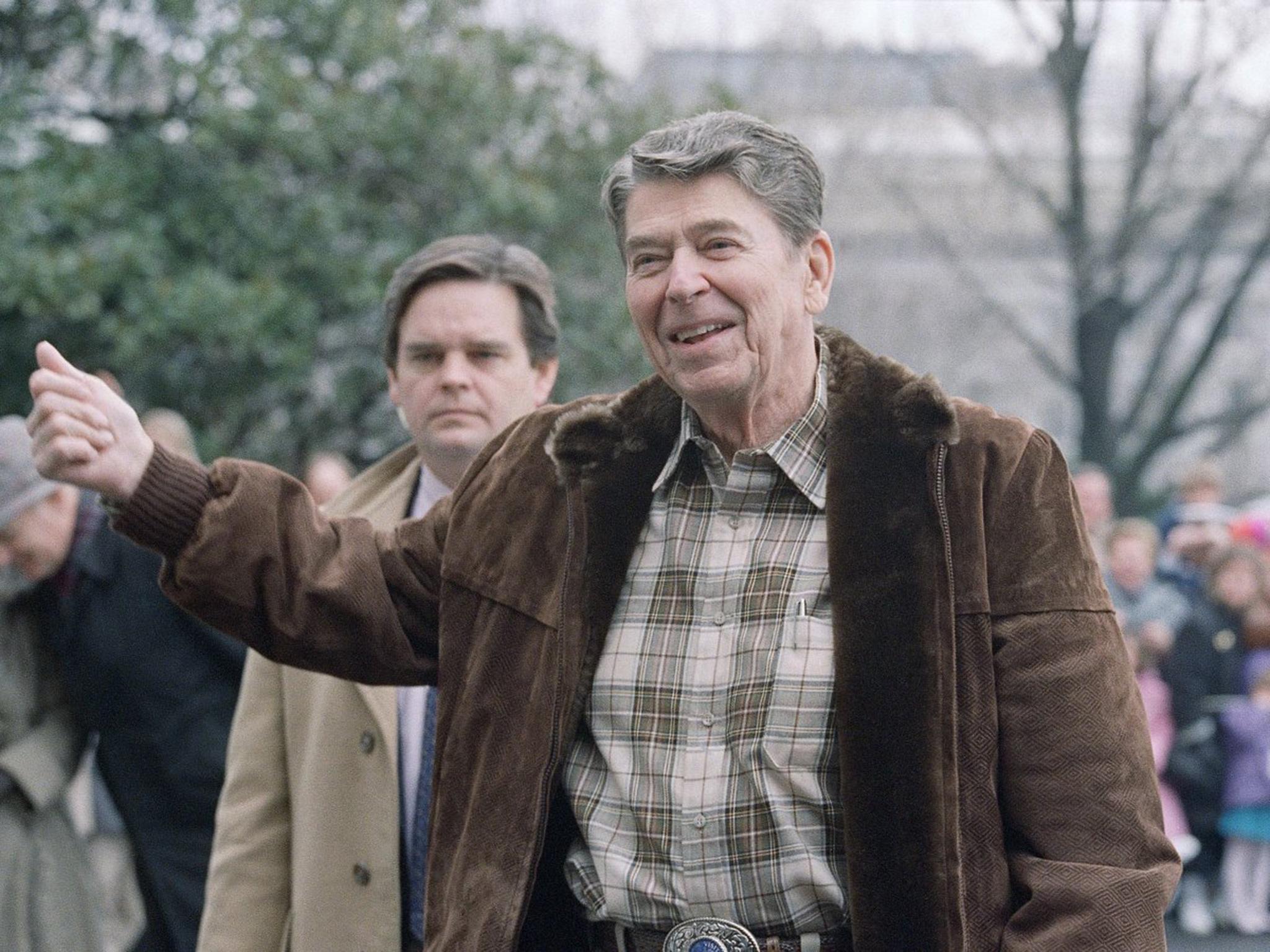
Your support helps us to tell the story
From reproductive rights to climate change to Big Tech, The Independent is on the ground when the story is developing. Whether it's investigating the financials of Elon Musk's pro-Trump PAC or producing our latest documentary, 'The A Word', which shines a light on the American women fighting for reproductive rights, we know how important it is to parse out the facts from the messaging.
At such a critical moment in US history, we need reporters on the ground. Your donation allows us to keep sending journalists to speak to both sides of the story.
The Independent is trusted by Americans across the entire political spectrum. And unlike many other quality news outlets, we choose not to lock Americans out of our reporting and analysis with paywalls. We believe quality journalism should be available to everyone, paid for by those who can afford it.
Your support makes all the difference.As President Barack Obama reflects on his seven years in office, he has a way of acknowledging his waning time in the position: A joke about his graying hair.
“The first thing I want from young people is to stop calling me old,” Obama said earlier this year. “When I came into office, I had no gray hair, and now I have a lot. I don't dye my hair, and a lot of my fellow leaders do. I won't say who, but their barbers know, their hairdressers.”
Indeed, despite his close-cut hairstyle, it’s impossible not to notice the trademark presidential graying, as the president’s short black hair has become more of a salt-and-pepper color.
And though some dermatologists maintain that Obama is the latest victim of the expedited presidential aging process, appearing to age faster due to the stress of the office, others say that it’s more attributable to natural aging than stress.
Other studies, including a comprehensive analysis of elections dating back to the 1700s, have found that heading a nation can take years off a leader's life. The December analysis, from the Harvard Medical School, found that elected heads of government, on average, have lives almost three years shorter than the candidates they defeat.
But not everyone is bothered by the aging process. At least one top candidate to succeed Obama says she’s ready for it.
“All our presidents come into office looking so vigorous,” Democratic presidential front-runner Hillary Clinton said. “Think about what they look like on Inauguration Day. And then we watch them — they grow grayer and grayer. And by the time they leave, they are as white as the building they live in.”
“Now let me tell you, I'm aware I might not be the youngest candidate in this race, but I have one big advantage: I've been coloring my hair for years,” she quipped.
Here’s how the country's past presidents have looked near the beginnings and ends of their respective terms.
Obama takes the oath of office on Inauguration Day, January 20, 2009.
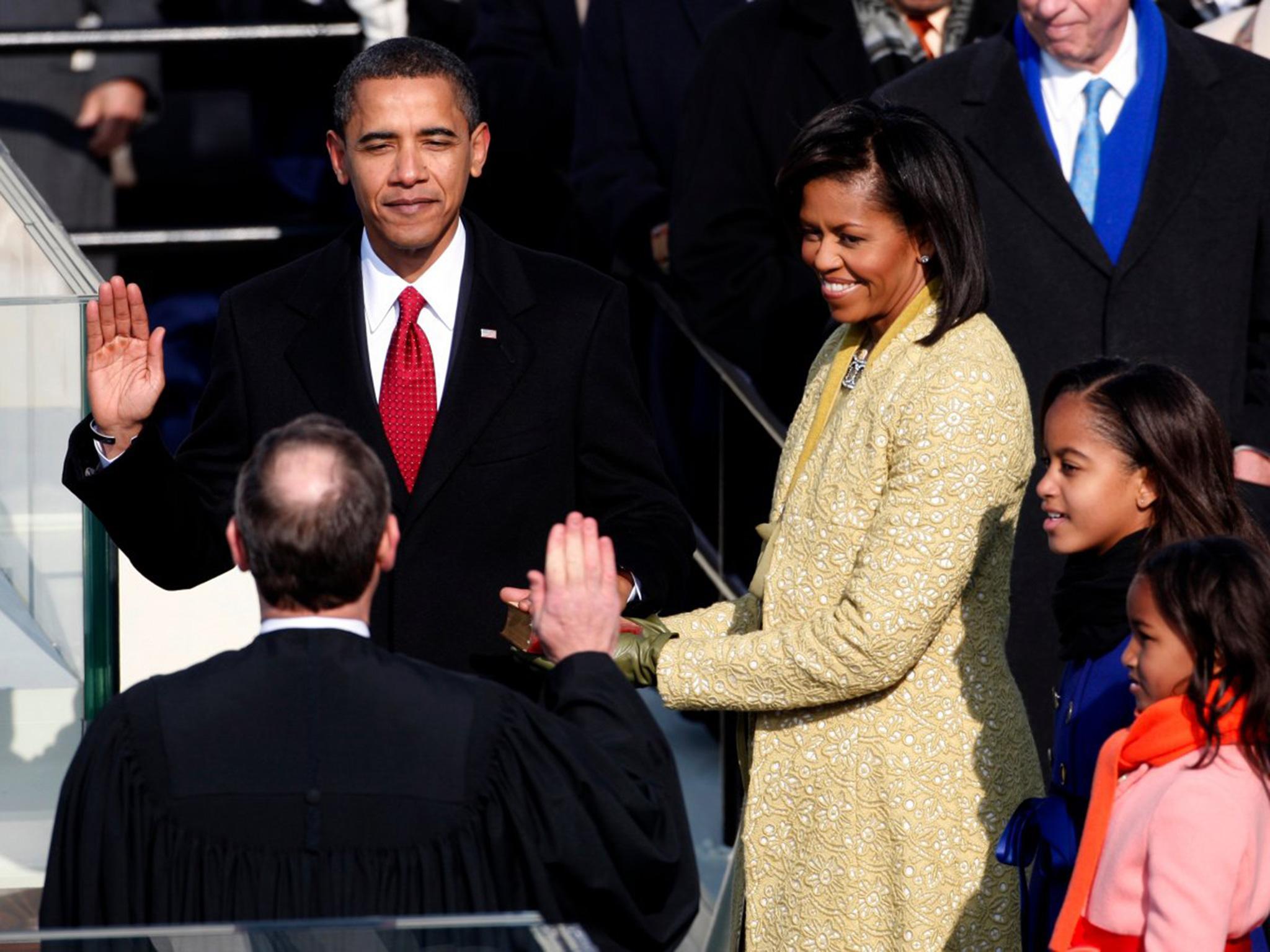
The president wraps up a National Security Council meeting in December 2015.
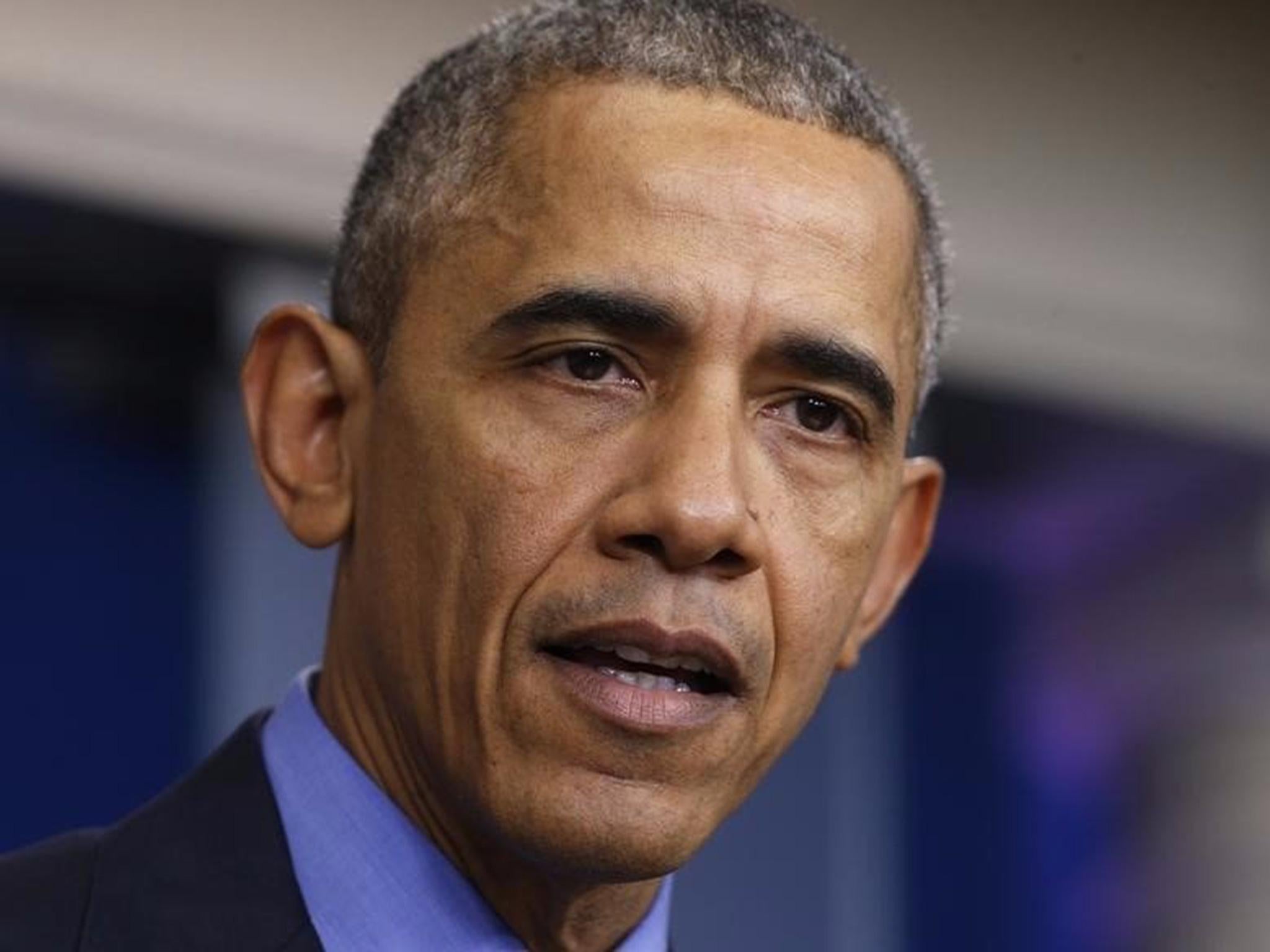
Former President George W. Bush makes a phone call shortly after the 2000 election.
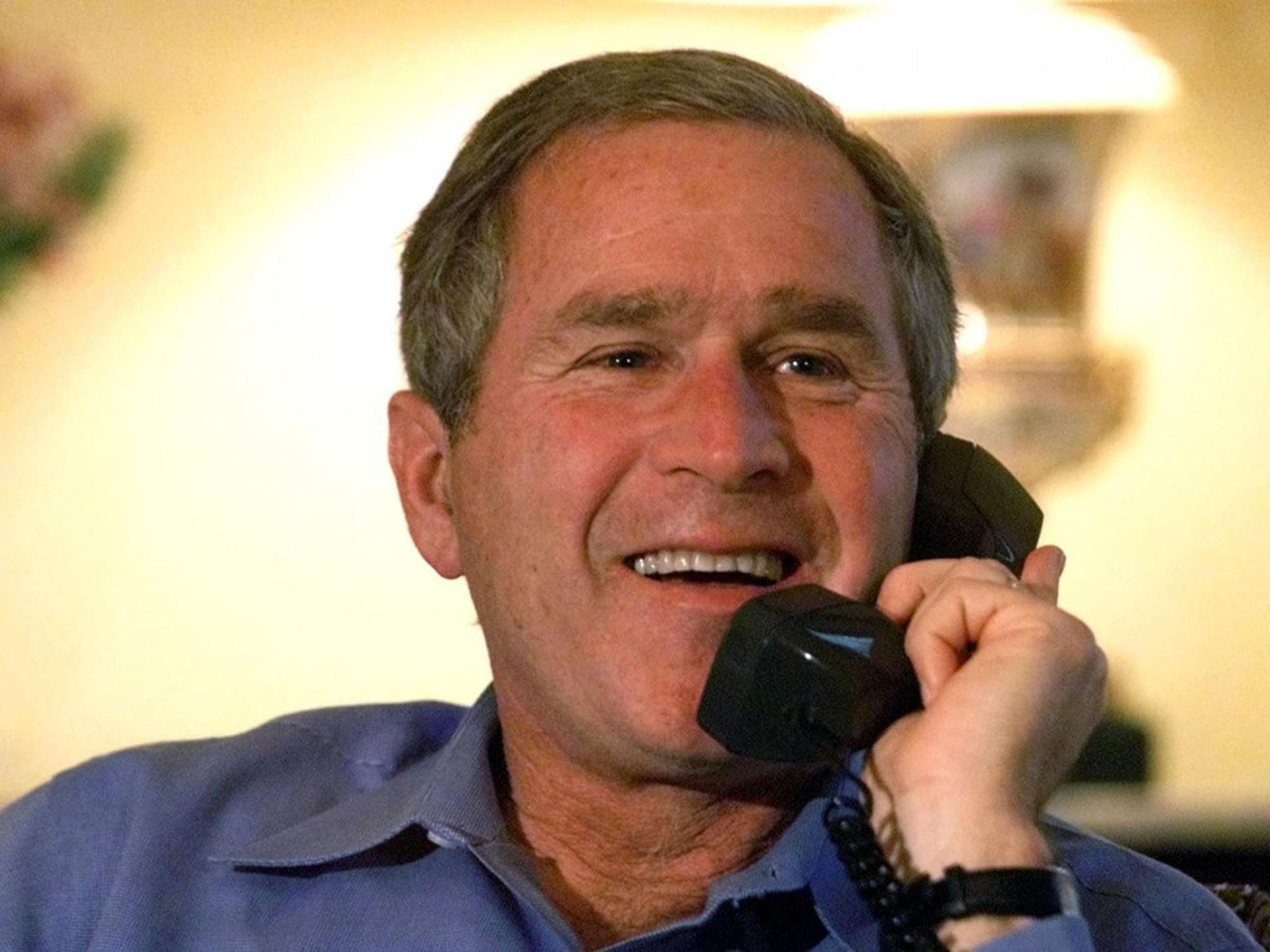
Bush fields questions during his final White House press briefing on January 12, 2009.
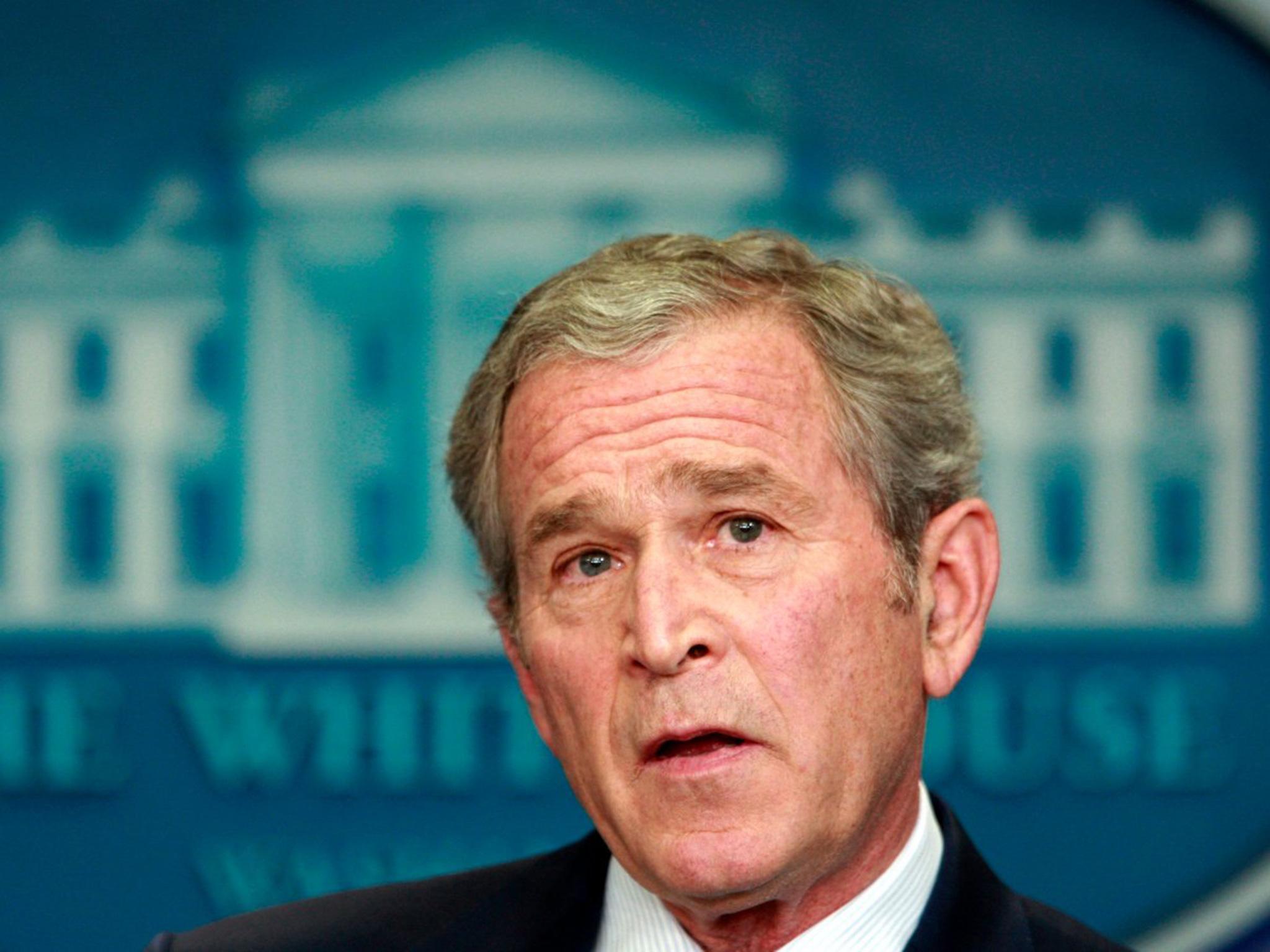
Hillary Clinton whispers to then-President-elect Bill Clinton at a dinner several days before his first inauguration in 1993.
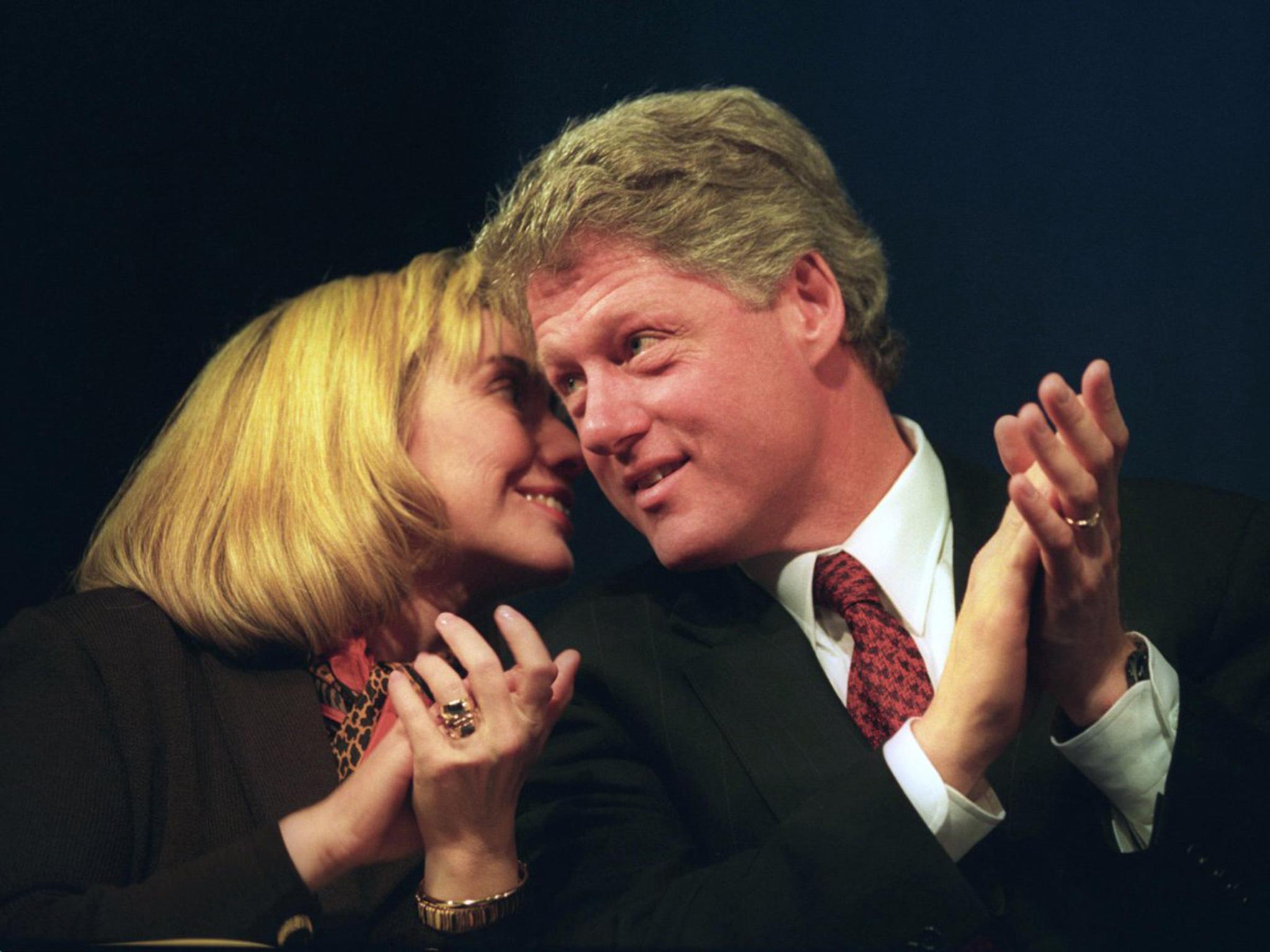
Clinton gives a brief speech toward the end of his term in October 2000.
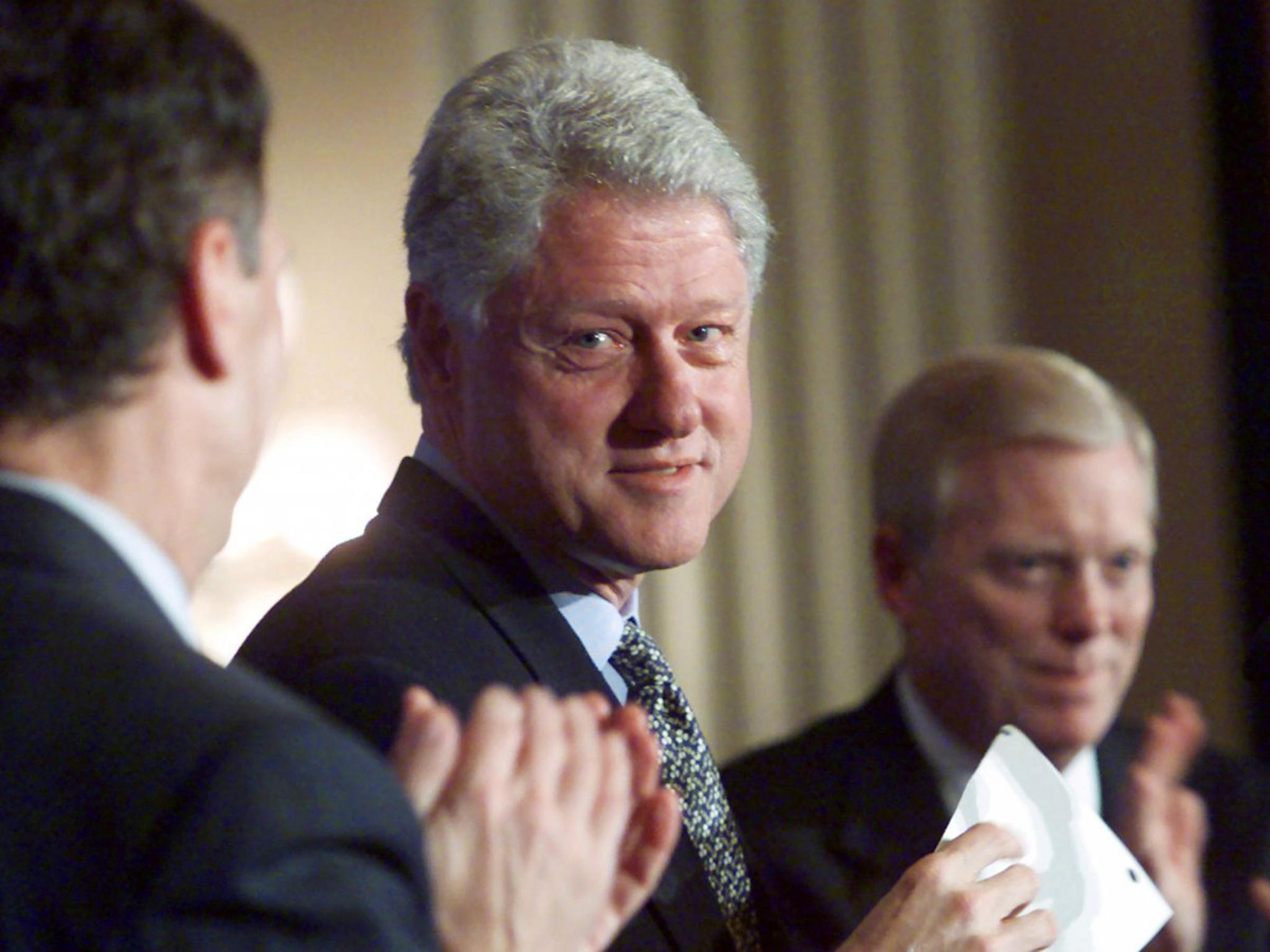
Appearing without his trademark glasses, then-Vice President George H. W. Bush answers a question at the second presidential debate in October 1988.
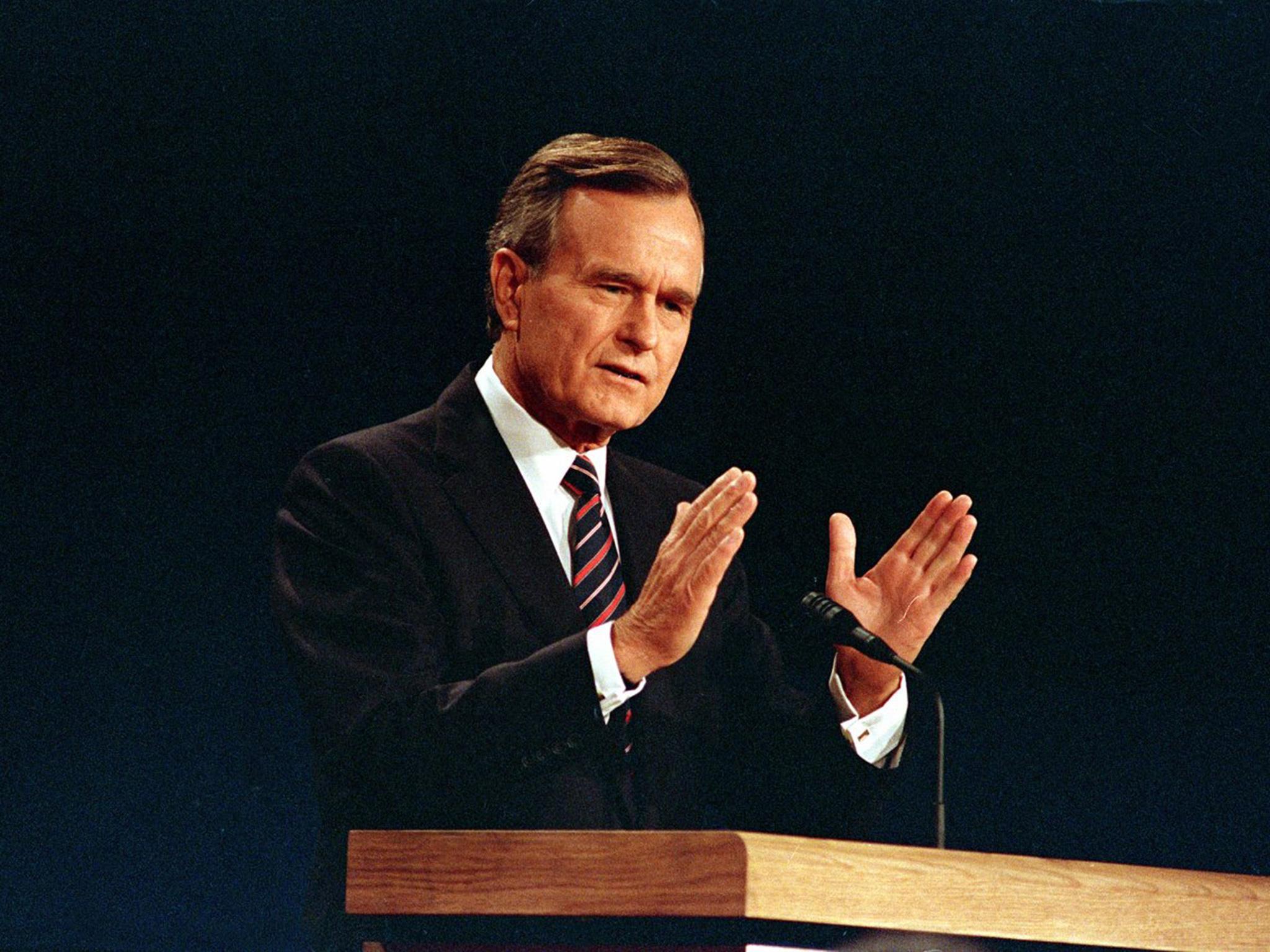
Bush addresses a crowd of veterans during a ceremony at the Korean War Memorial in June 1992, several months before losing the presidential election.
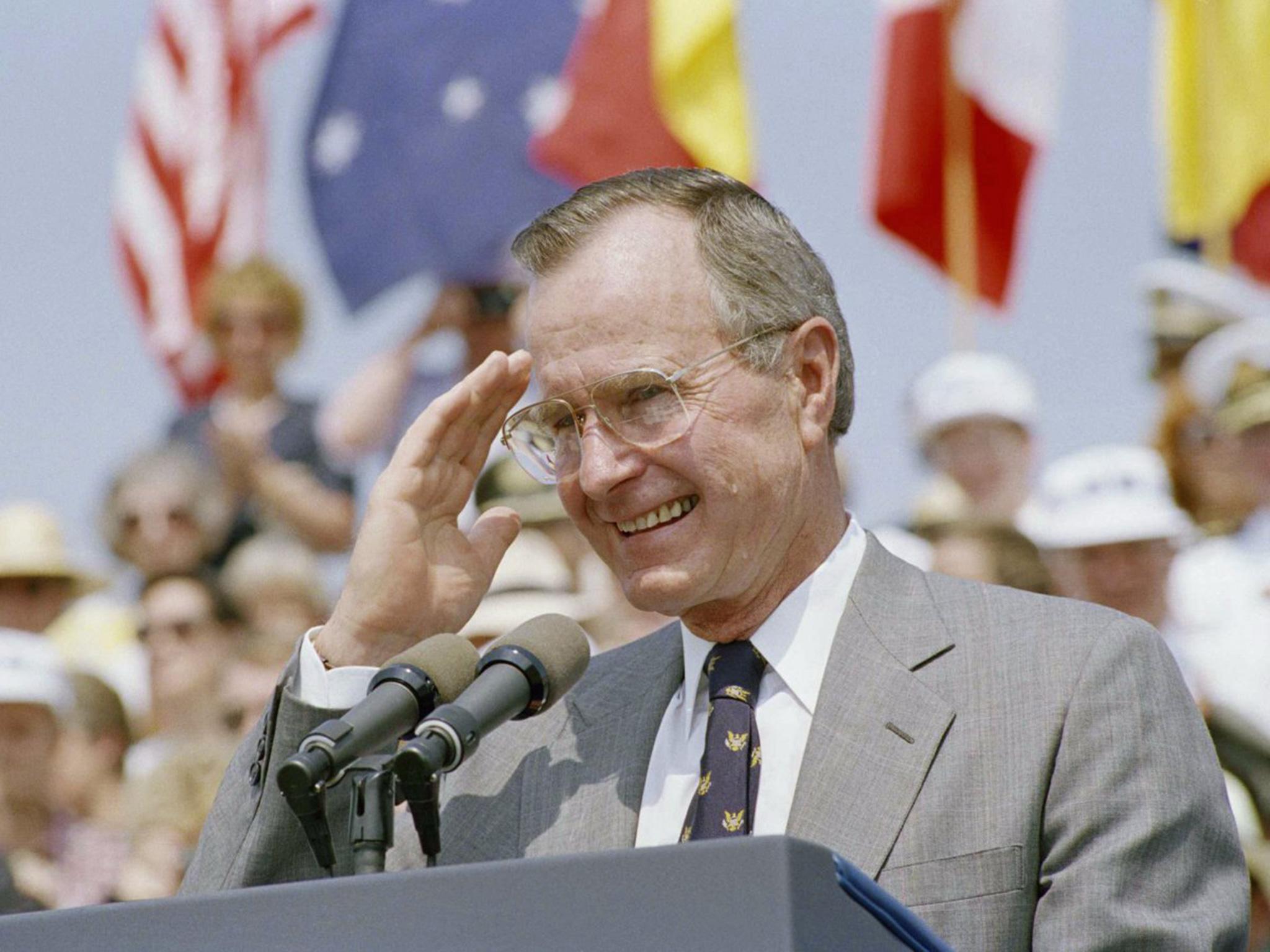
Former President Ronald Reagan and first lady Nancy Reagan greet fans lined up in Washington at his first inauguration in January 1981.
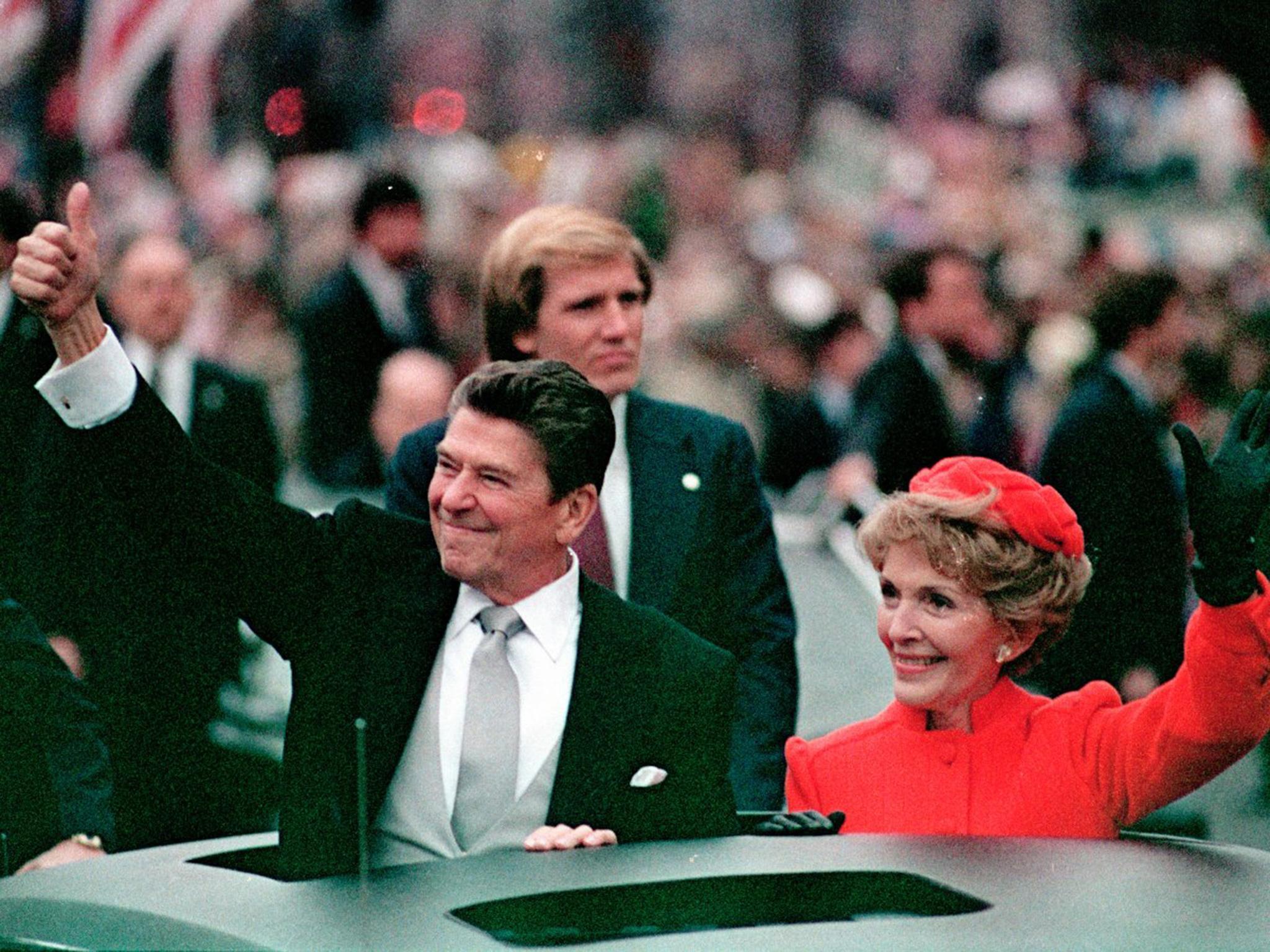
Reagan returns to Washington after his final trip as president to Camp David in January 1989.

Jimmy Carter emerges from a Georgia voting booth on Election Day in November 1976.
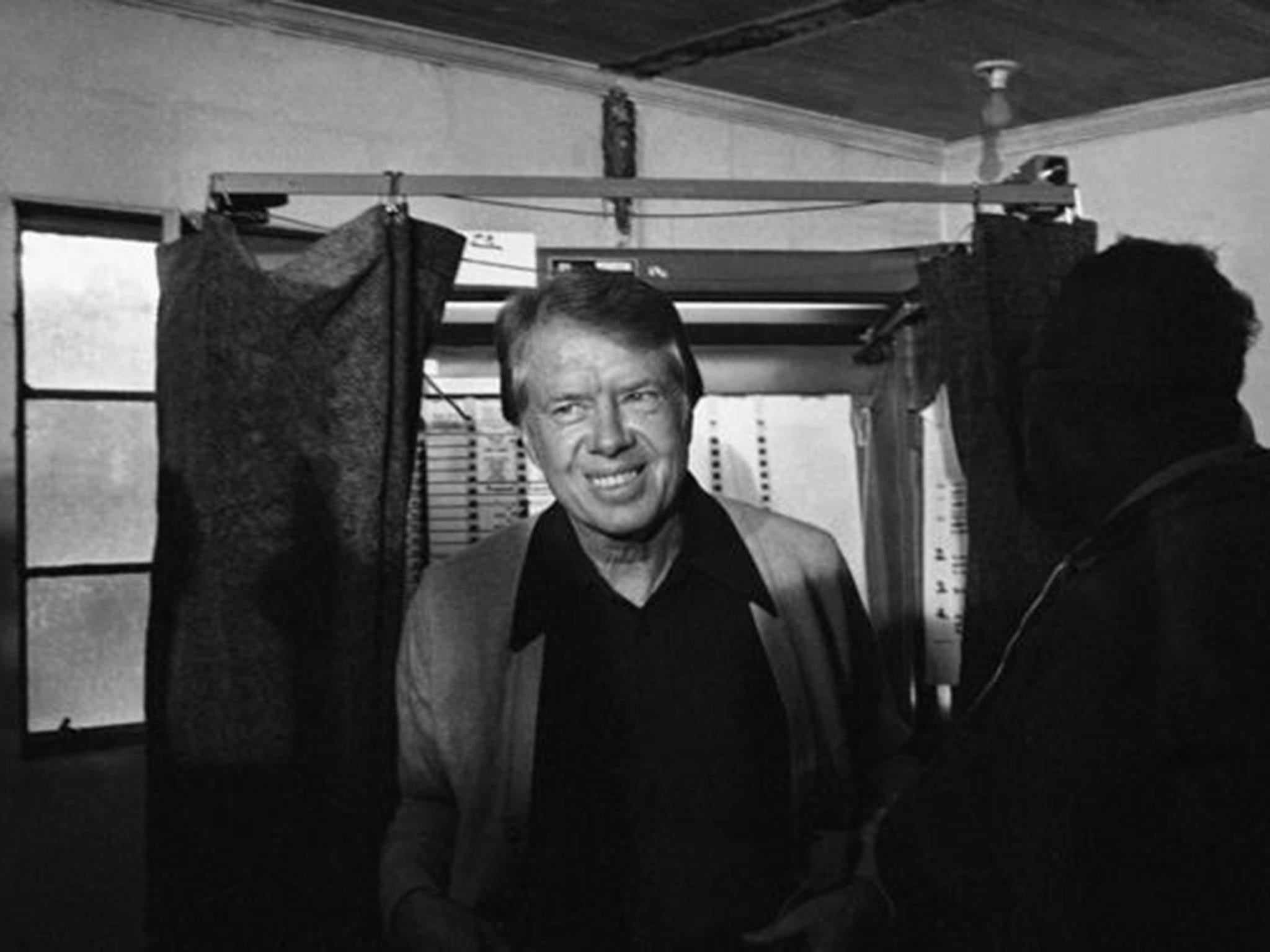
An Associated Press photographer captures Carter preparing for his farewell address to the nation in January 1981.
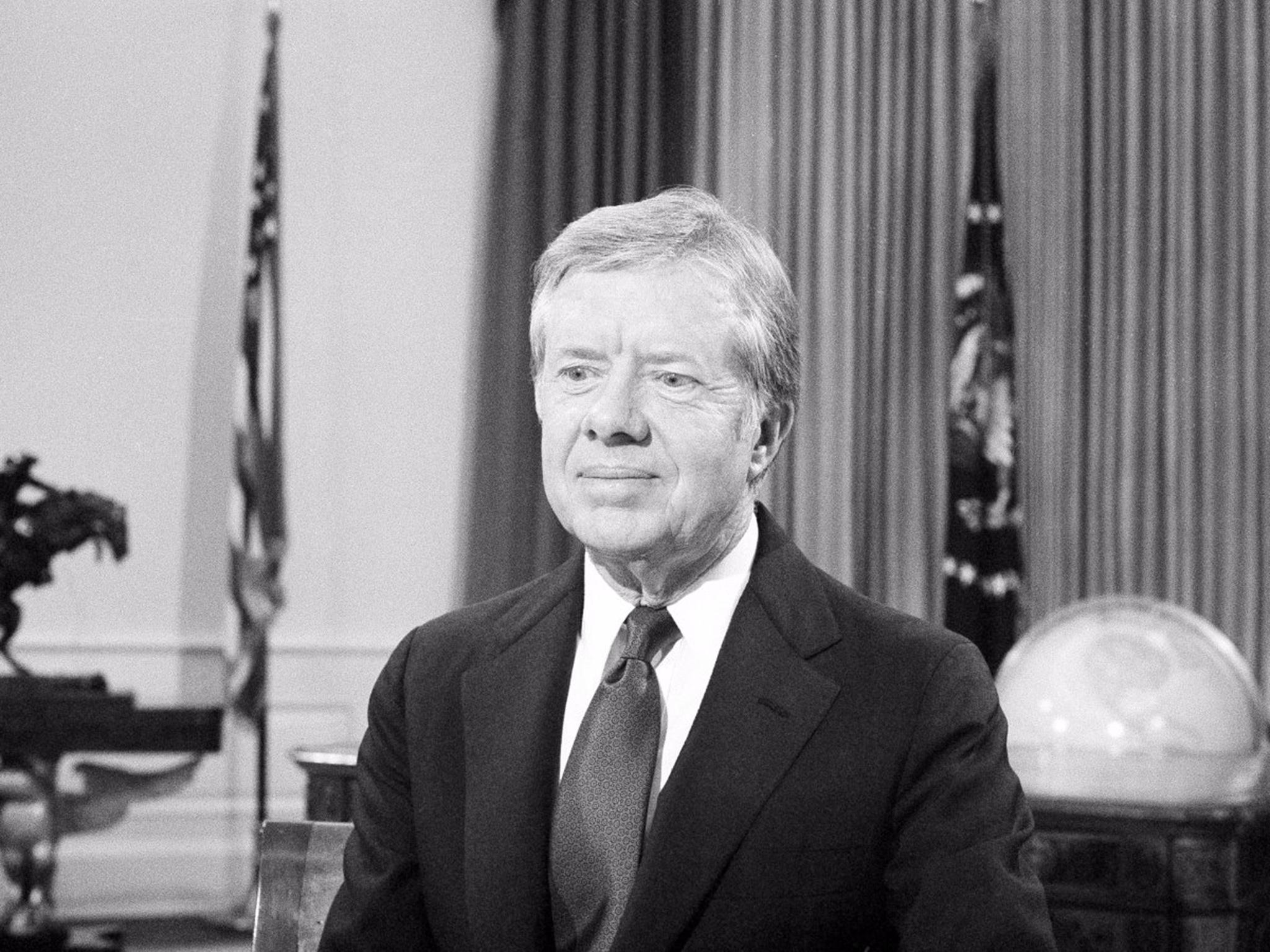
President Richard Nixon gives a press conference in the East Room of the White House several weeks after being sworn in in 1969.
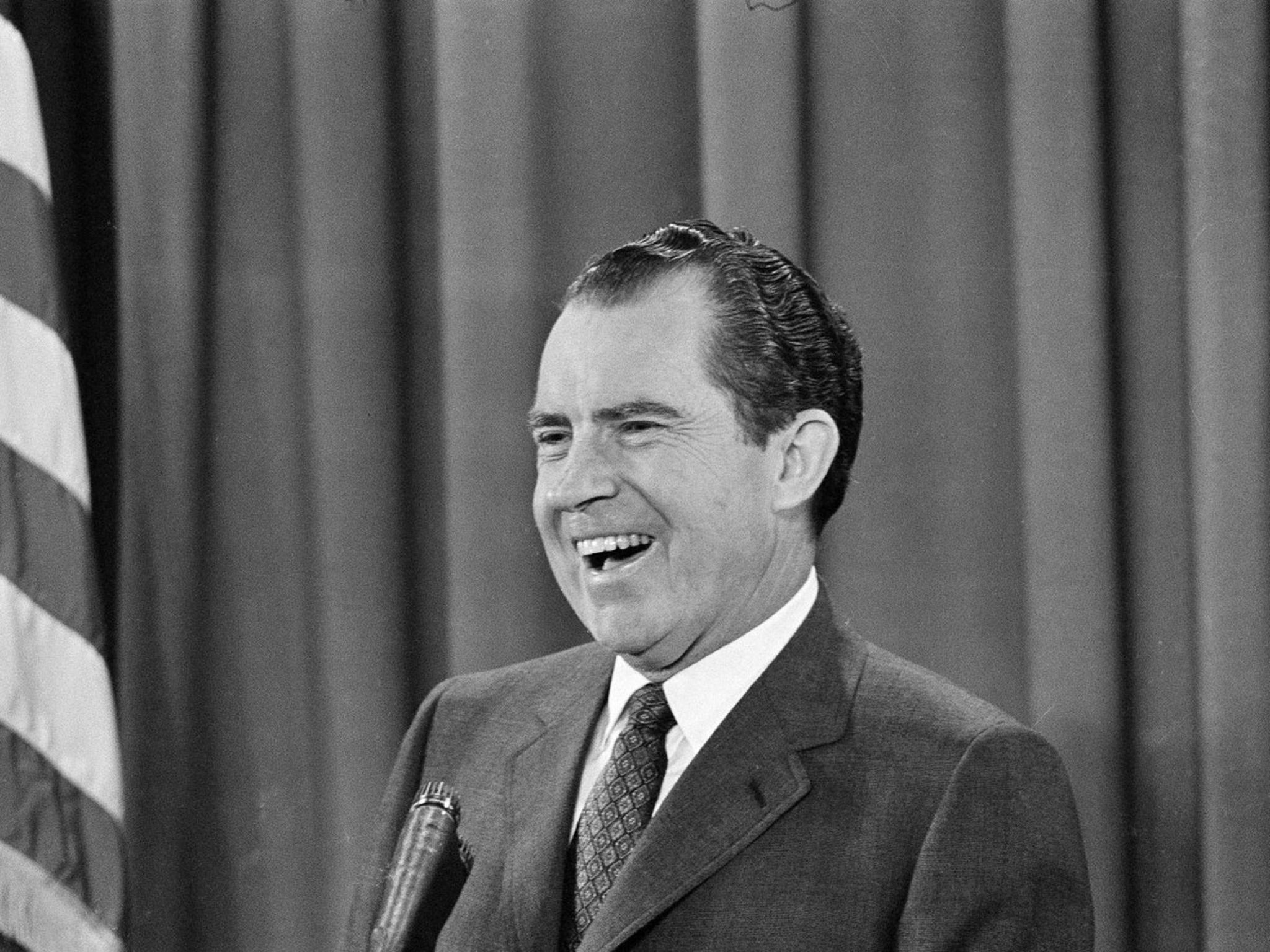
In this photo, a glassy-eyed Nixon delivers a final speech for White House staff and members of his cabinet.

President Lyndon Johnson proclaims a day of mourning for deceased President John F. Kennedy shortly after being sworn in.
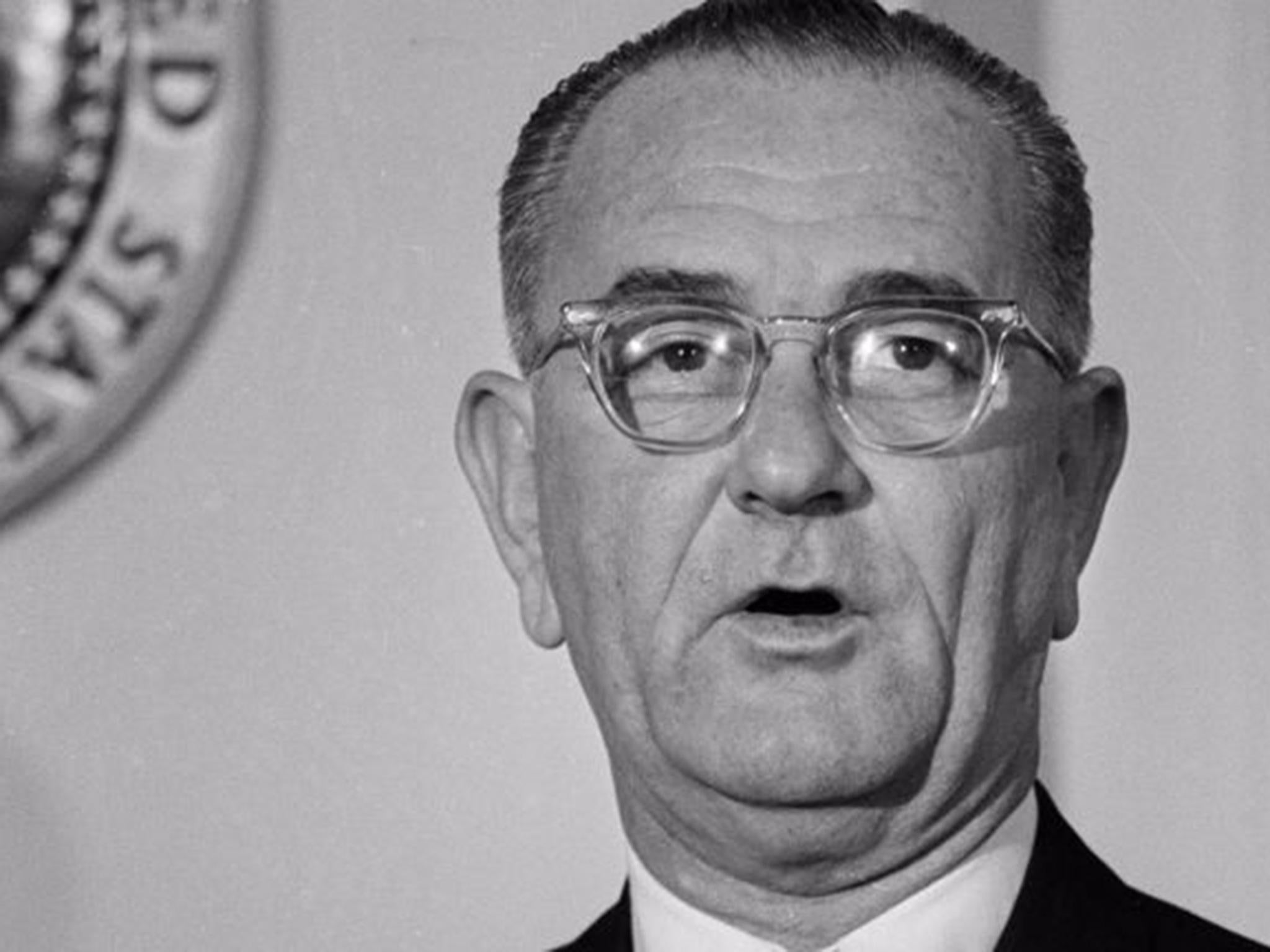
Johnson, who didn't visibly age too much in his five-year tenure, joins Nixon shortly after Nixon is elected president in November 1968.
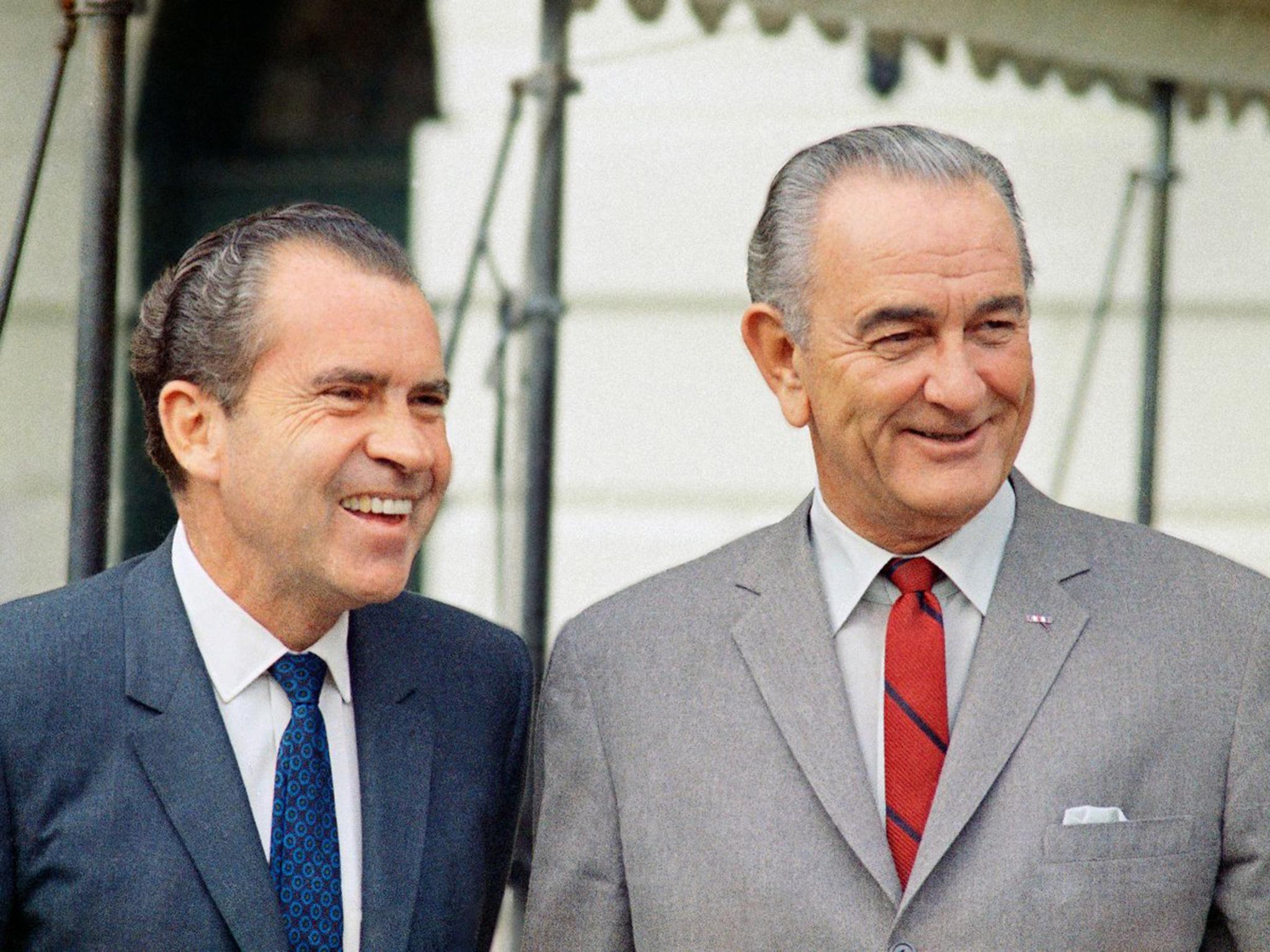
Read more:
• These 6 nightmare charts most worry the Bank of England about the financial system
• ISIS' 17-year-old postergirl was passed around as a sex slave before being beaten to death
• The 26 happiest, richest, healthiest, and most crime-free countries in the world
Read the original article on Business Insider UK. © 2015. Follow Business Insider UK on Twitter.
Join our commenting forum
Join thought-provoking conversations, follow other Independent readers and see their replies
Comments